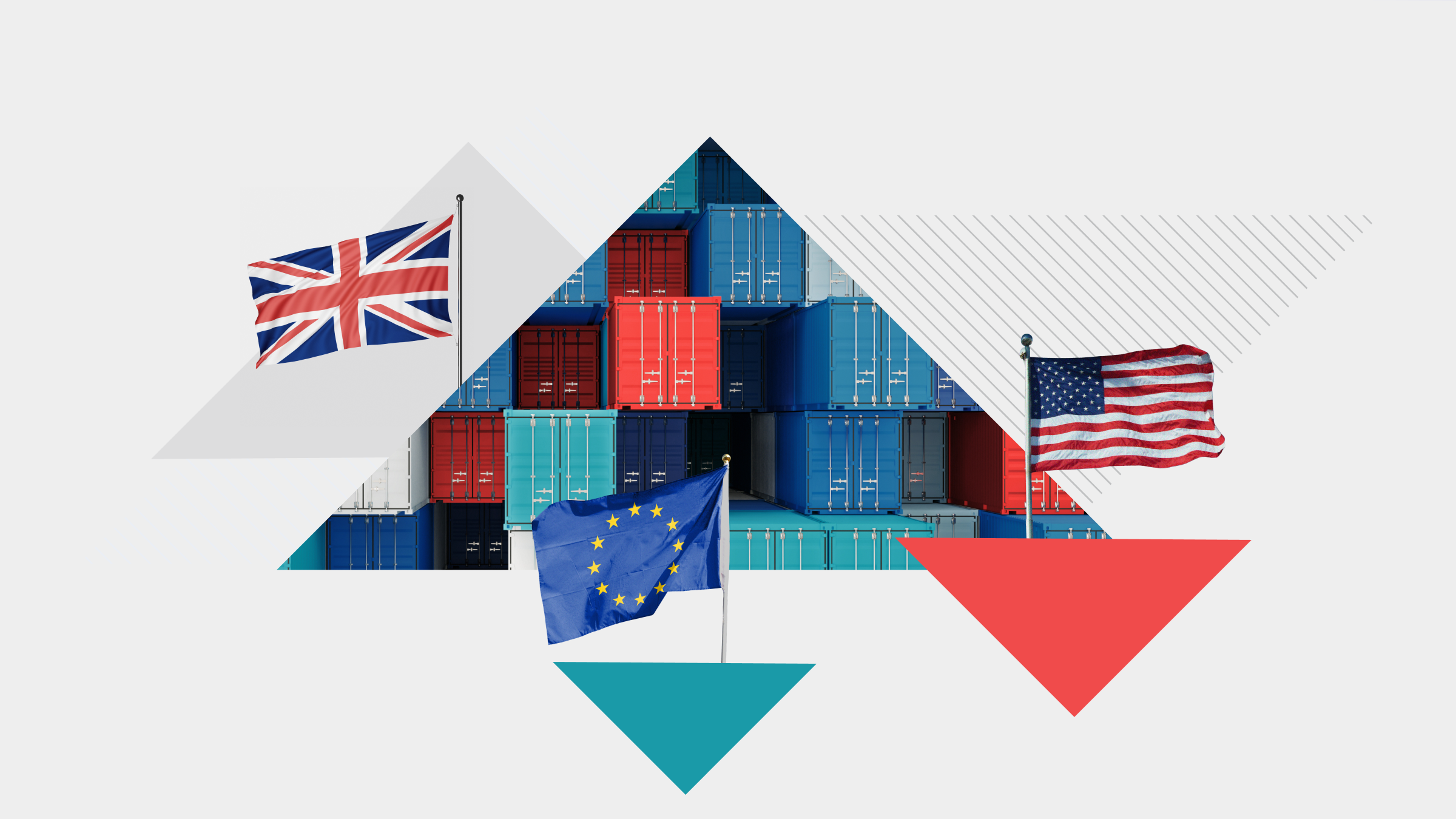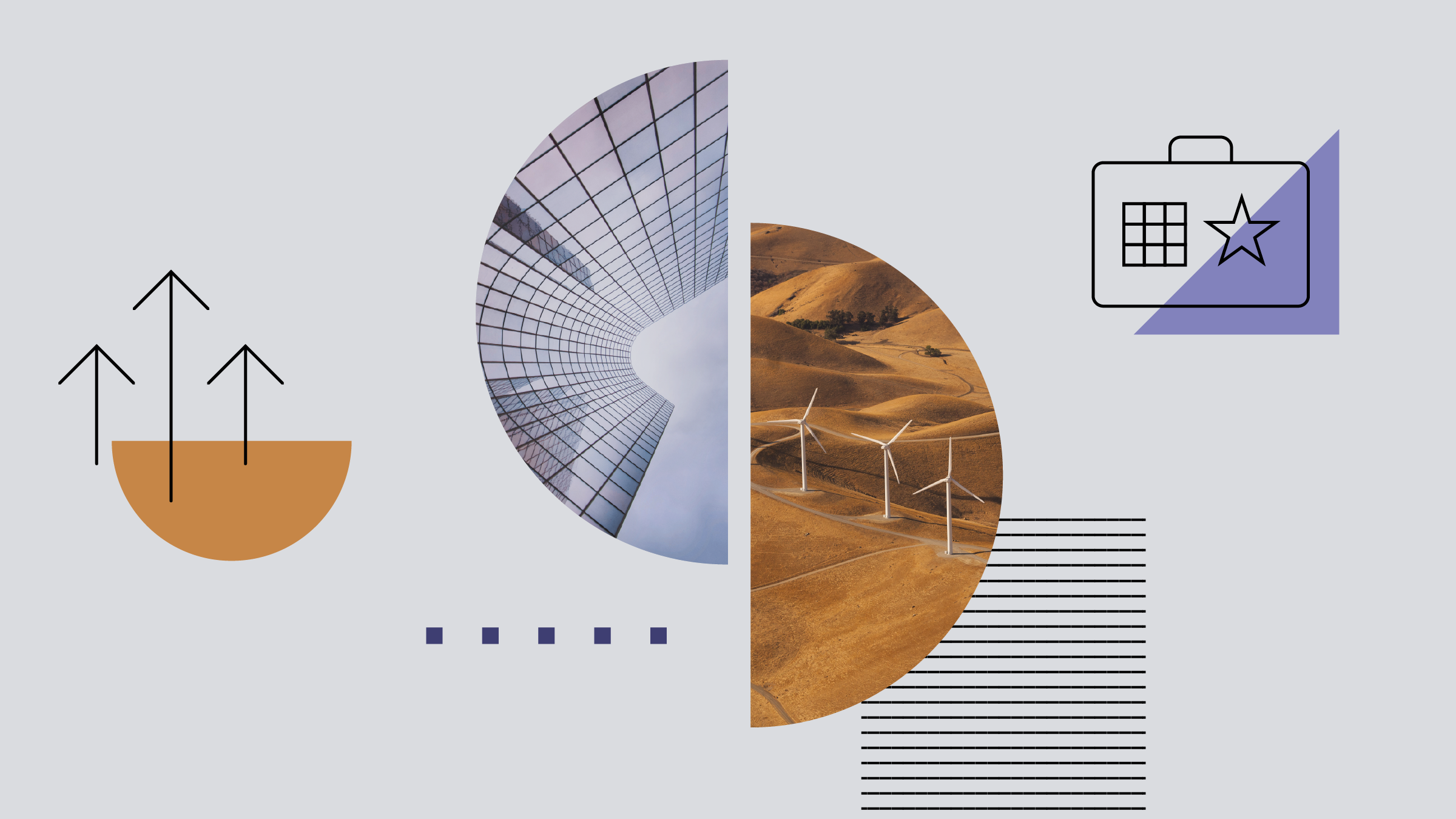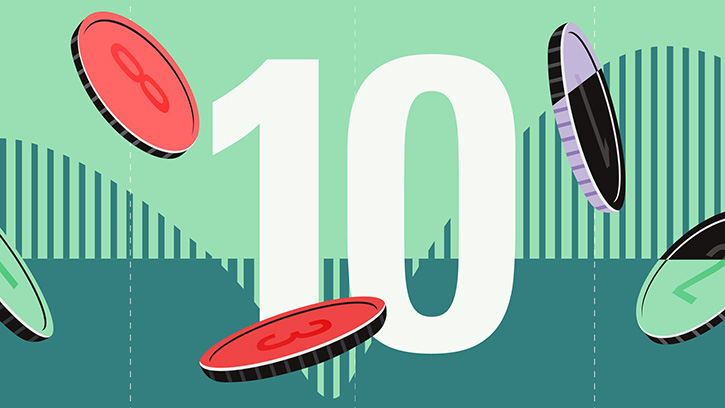Rolle im Portfolio
By providing exposure to German mid-cap stocks, iShares MDAX (DE) can serve as a tool for asset allocators looking to control their market capitalisation and style exposures. This fund is suitable as a core holding in a German or European equities allocation given its broad diversification across companies and sectors. However, despite the fact that all the index’s constituent are domiciled in Germany, many of them are multinational companies generating revenue around the world. For instance, the largest index constituent, EADS, generated only about 40% of its revenue in continental Europe in 2012, with Asia and Oceania representing about a third. Many other index constituents generate less than 50% of their revenue within Germany. As such, this investment can also be seen as a passive play on the global economy with a German bias.
The MDAX index is fairly diversified from the perspective of individual stocks, with the top 10 holdings accounting for about 50% of the index’s value, compared to about 70% for the DAX. The MDAX also offers a different industry and sector exposure, with industrial goods & services making up 33% of the MDAX, more than double their representation in the DAX.
This fund can also act as a tactical tool to overweight mid-cap equities within a diversified European portfolio. It could be useful for those who want to place a bet on the near-to-medium-term prospects of this asset class as a whole under the belief that they represent good value compared to large-cap equities.
The ETF may be suitable for investors seeking exposure to what is a generally under-weighted segment of the market in most investor’s portfolios. According to some, the market for mid cap equities can be under-researched, under-followed, and generally less efficient than the market for small and large caps and therefore could potentially yield superior returns.
Fundamentale Analyse
Midcaps are often underweighted in European portfolios as investors and analysts tend to focus more on large- and small-cap companies. The MDAX has delivered a positive annualised return of 13.4% for the past 10 years, easily outpacing the annualised return of the DAX of 8.6% over the same period. The relative outperformance of midcap equities can be attributed mainly to differences in sector exposure versus the large cap benchmark as each sector is driven by different macroeconomic factors. Currently, the mid cap index has no exposure to banks whereas this sector represents about 6% of the DAX index. This seems to be beneficial given the debt crisis plaguing Europe and weighing on bank shares. Industrials have a far greater weight in the mid cap benchmark relative to the DAX Index. Given that the current economic outlook is imporving gloomy, this could benefit the mid caps’ performance in the near-term. However, the MDAX has also shown more volatility as they tend to be smaller, less diversified and less well-capitalised companies. This leaves mid-caps with a greater sensitivity to macroeconomic risks. Notwithstanding, we think that this fund contains strong, solid brand names and highly specialised companies like EADS, the European aerospace group, and Lanxess, the fourth largest chemicals group in Germany.
Economic data have been on the upside lately. Eurozone industrial output rose by 0.7% in June, and by 2.5% in Germany alone. Although unemployment in the Eurozone came down a notch in July, at 1.21% the jobless rate remained at its highest level since the euro’s creation at 12.1%. By contrast, unemployment in Germany stood at a low 5.3%. Key survey data indicate that the Eurozone recovery is extending from the core to the weaker periphery, thus benefiting Germany’s exports to this region. The PMI for the Eurozone hit a 26-month high in August at 51.4, while Germany’s PMI (51.8) reached a 25-month high. In addition, German business sentiment posted a new one-year high at 107.5 in August. Corporations are increasingly optimistic on the near future, as some southern Eurozone countries begin to recover and China regains some of the momentum it lost in the first half of the year.
The closely followed ZEW Index has also added to the positive momentum. This economic sentiment indicator rose to 42.0 in August – its highest level since March. The institute commented that first signs of an end of the recession in important Eurozone countries may have contributed to this increase. In addition, economic optimism is also supported by strong domestic demand in Germany.
In fact, German GDP expanded by 0.7% q/q in Q2. However, some economists have raised concerns that this momentum may be difficult to maintain. In particular, they highlight that the upsurge in construction activities in Q2 was the result of works due in Q1 and postponed by severe weather conditions. As such, we have not seen a general upgrade in German GDP growth projections, though most economist now see increased probabilities of a strong third and fourth quarters.
Looking forward and taking into consideration the export-oriented nature of its economy, Germany could benefit from any improvement in the outlook of the US and Asian economies, in particular from a rebound in China.
Indexkonstruktion
The MDAX index comprises 50 medium-sized German companies which are listed on the Prime Standard segment of the Frankfurt Stock Exchange and rank behind the 30 DAX components in terms of market capitalisation and exchange turnover. The MDAX is free float market capitalisation weighted. No single constituent is allowed to account for more than 10 percent of the index. Industrials is the most represented sector, accounting for 32% of the index's value, followed by media (14%) and chemicals (13%). EADS is the biggest component of the MDAX with a 10% weighting. The second and third largest stocks represented are Kabel Deutschland Holding AG and Brenntag AG.
Fondskonstruktion
iShares MDAX (DE) uses physical replication techniques to track the performance of the MDAX total return index. The fund buys all the securities within the index, in the same weightings. iShares may engage in securities lending within this fund to generate additional revenues for the fund. The lending revenues generated from this activity are split 60/40 between the fund and the lending agent BlackRock, whereby BlackRock covers the costs involved. To protect the fund from a borrower’s default, BlackRock takes collateral greater than the loan value. Collateral levels vary from 102.5% to 112% of the value of securities on loan, depending on the assets provided by the borrower as collateral. Additional counterparty risk mitigation measures include borrower default indemnification. Specifically, BlackRock commits to replace the securities that a borrower would fail to return. The indemnification arrangement is subject to changes, and in some cases without notice. Finally, BackRock limits the amount of assets that can be lent out by this ETF at 50%.Cash received as dividends from the underlying stocks is held in the fund’s income account until it is distributed to fund holders. Distributions are made on a quarterly basis. This dividend treatment can potentially create a drag on returns in upward trending markets as dividends are not reinvested into the fund. In practice this cuts both ways. It could also result in outperformance if the benchmark falls in the interim period.
Gebühren
iShares MDAX (DE) levies a total expense ratio of 0.51%. Other potential costs associated with holding this fund which are not included in the TER include rebalancing costs, bid-ask spreads and brokerage fees.
Alternativen
iShares MDAX (DE) is the only ETF that provides exposure to the German mid-cap equity market. Investors looking to invest in medium-sized companies in Europe could consider the iShares EURO STOXX Mid which offers exposure to eurozone mid cap stocks from the EURO STOXX Mid 200 Index. However Germany accounts for only 13% of the fund’s value, behind France. The sector composition is also different with industrials weighting 24%, followed by financials with a 16% weight.
Die in diesem Artikel enthaltenen Informationen dienen ausschließlich zu Bildungs- und Informationszwecken. Sie sind weder als Aufforderung noch als Anreiz zum Kauf oder Verkauf eines Wertpapiers oder Finanzinstruments zu verstehen. Die in diesem Artikel enthaltenen Informationen sollten nicht als alleinige Quelle für Anlageentscheidungen verwendet werden.

















